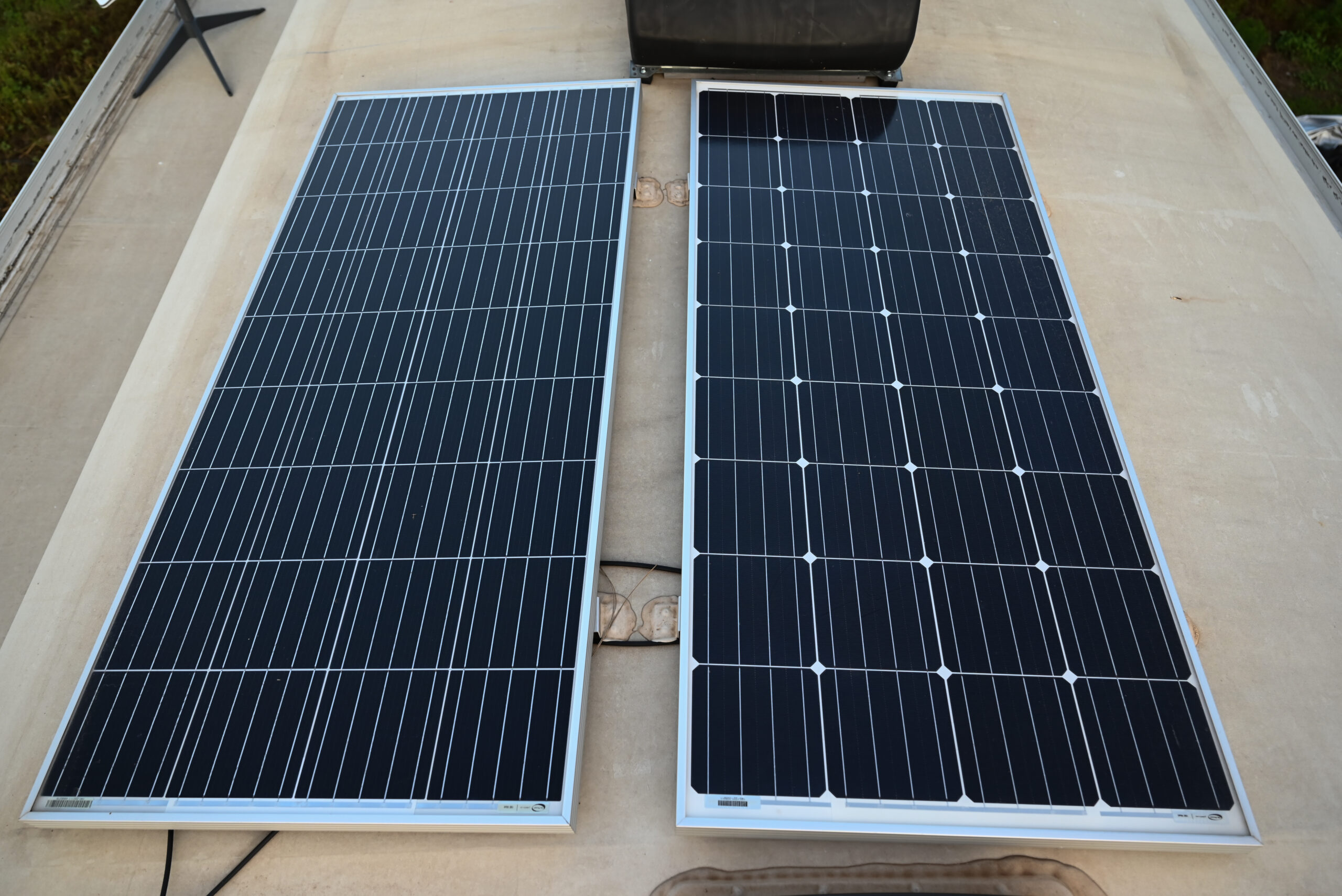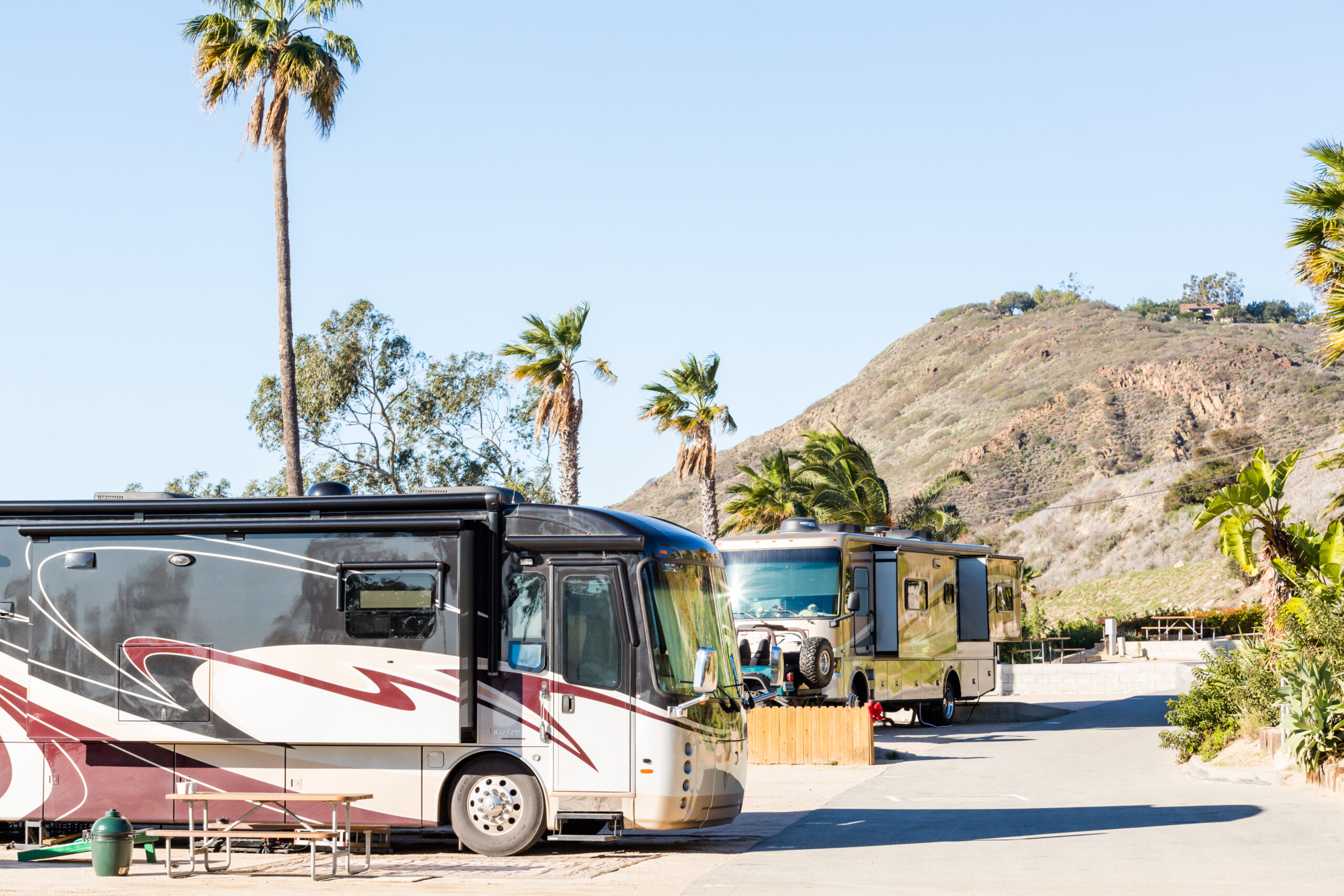
How Much Do RVs Depreciate In Value?
Everyone knows that new RVs start depreciating the moment they are driven off the lot. While buying an RV can be a fantastic investment for life experiences, an RV is never a sound financial investment due to the fact that all RVs depreciate rapidly.
What may surprise you is that different RVs depreciate at different rates, depending on the type of RV. Besides the type of RV, there are other factors that affect the rate of depreciation on any RV, some of which you can control. These include:
- Exterior condition: Keeping your RV’s exterior components maintained and repaired will help reduce depreciation. Storing your RV indoors will help to reduce sun and other weather damage as well as reducing the chance your RV will become a home for pests while you aren’t using it.
- Interior condition: Water damage, worn upholstery, broken appliances, and wear and tear will drive down the value of your RV.
- Maintenance records: Keeping all of your RV’s maintenance reciepts and records will help prevent excessive depreciation of your RV. This is easy to do online through RV LIFE Maintenance.
- Brand: Some brands and models depreciate slower than others. Airstream and Newmar are good examples of brands that have slower depreciation than some lower priced RVs.
RV depreciation by type of RV
In addition to the factors listed above, the different types of RVs have their own rate of RV depreciation. Here’s how that breaks down by type of RV:
Class A Motorhome Depreciation
Class A motorhomes are the biggest motorhomes and range between 30 and 45+ feet long. They are the highest priced RVs with new values typically ranging between $100,000 and $1,000,000. Some brands will depreciate a little slower than others, but typically, a rig that costs $1,000,000 will depreciate by as much as $200,000 in the first year.
- 1 year old : Count on approximately 20% depreciation.
- 2 years old: About 22-23% A one-year-old and two-year-old Class A will be almost identical in the amount of depreciation they sustain.
- 5 years old: About 36% depreciation.
- 10 years old: Your once shiny new Class A motorhome will celebrate its tenth birthday with 60% depreciation.
- 15 years old: 76% depreciation.
- 20 years old: 86% depreciation.
- 30 years and older: Your Class A’s value will be around $2,000 if it still runs and everything works.
Class C RV Depreciation
Class C motorhomes are between 25 and 45 feet long and normally cost $100,000 to $400,000. The biggest of these are Super C motorhomes, which can cost up to $900,000. All Class Cs depreciate at nearly the same rates as Class A motorhomes.
- 1 year old: Around 20% depreciation.
- 2 years old: 22% depreciation – As with Class A motorhomes, there isn’t much of a difference between a one-year-old Class C RV and a two-year-old Class C RV.
- 5 years old: About 38% depreciation.
- 10 years old: 52% depreciation.
- 15 years old: 70% depreciation.
- 20 years old: 83% depreciation.
- 30 years and older: If your Class C still runs and everything still works, it will be worth around $3,000.
Depreciation of RV trailers and fifth wheels
A fifth wheel trailer is basically an apartment on wheels with all the amenities to give you the comforts of home. Travel trailers are not nearly as big, but they certainly have a host of amenities that make them comfortable to stay in.
The price range is very wide for a towable. The new price for a trailer is between $20,000 and $200,000. Both travel trailers and fifth wheels depreciate at about the same rate, with some variation according to brand and model.
- 1 year old: 21% of the value disappears as you drive off the RV dealer’s lot.
- 2 years old: No difference from 1 year.
- 5 years old: Your trailer will be worth 37% less than when you bought it new.
- 10 years old: Your trailer fairs slightly better than a motorhome with only 45% depreciation.
- 15 years old: 72% depreciation.
- 20 years and older: The value of a towable will range between $3,000 and $5,000, depending on how well it’s maintained. There are exceptions to this, as some brands depreciate slower than others, and it really makes a difference if the trailer was maintained and updated.
RV values depreciate significantly from the time they are new. Generally speaking, it makes sense to buy an RV that’s 5 years old, well maintained, and gently used. That way, the RV break-in period (around 2 years) will have passed, and the RV will still be new enough that you won’t be in for multiple repairs soon after you buy it. Most importantly, you won’t have nearly as much of your money disappearing into the black hole of RV depreciation.
Make sure you keep track of all your RV maintenance and repairs with an online tool such as RV LIFE Maintenance from RV LIFE. Not only can you keep all of your documents in one place, but you’ll also receive timely reminders when maintenance is due to help you avoid costly repairs and potentially serious accidents.
Related articles:



